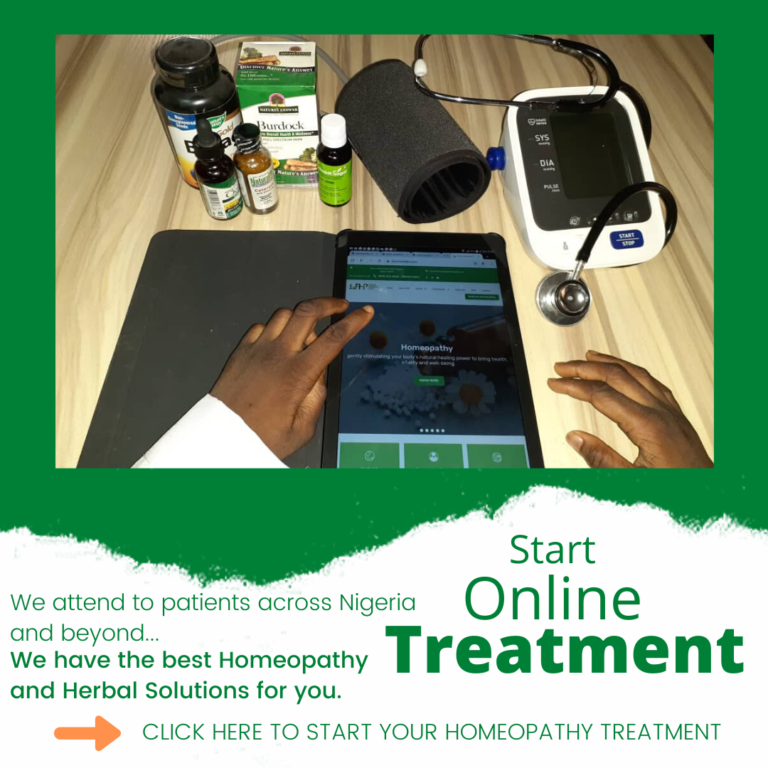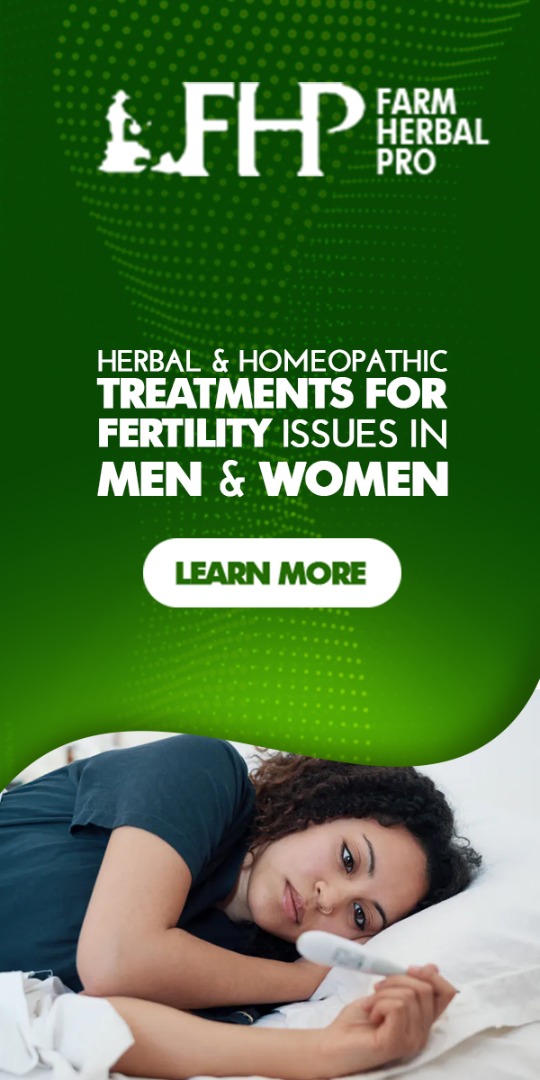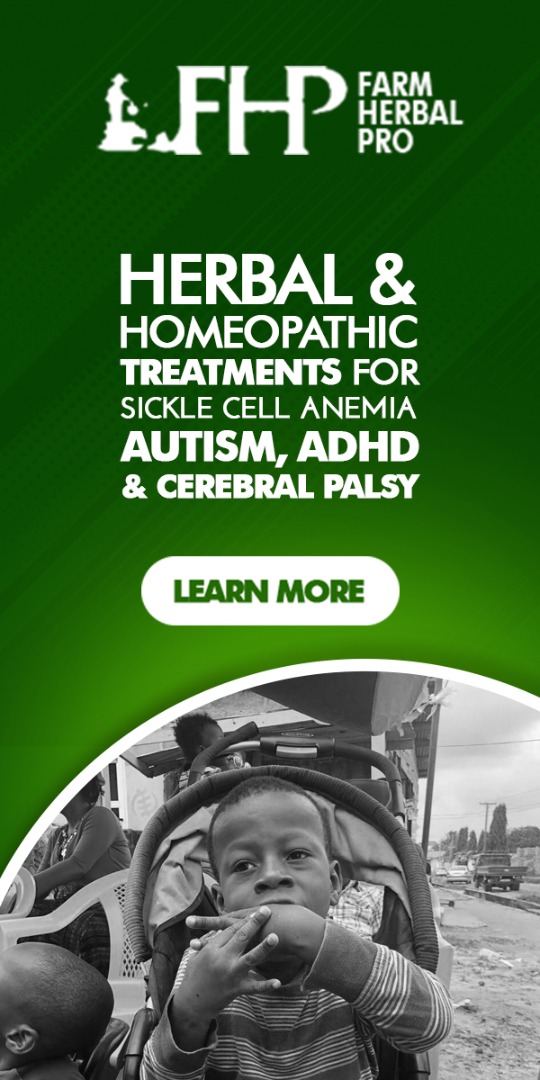Ankylosing Spondylitis (AS) is a type of progressive arthritis that leads to chronic inflammation of the spine and sacroiliac joints. It can also affect other joints and organs in the body such as the eyes, lungs, kidneys, shoulders, knees, hips, heart, and ankles. However, AS primarily affects the axial skeleton, including the ligaments and joints.
This disease causes stiffness, aching and pain around the spine and pelvis. The disease can eventually lead to a total fusion of the spine. This occurs when the vertebrae (spinal bones) actually grow together fusing the spine due to calcification of the ligaments and discs between each vertebrae. If the vertebrae fuse together, the spine is robbed of mobility, leaving the vertebrae brittle and vulnerable to fractures.
An easy way to understand what AS does to the body is to look at the words ankylosing and spondylitis. Ankylosing means stiffening; it comes from the Greek word “angkylos”, which means bent. Spondylitis means inflammation of the spine; it comes from the Greek word “spondylos”, meaning spinal vertebrae. In essence, the disease causes your spine to stiffen because of inflammation of the joints. This can cause the vertebrae to fuse together. It may also cause a kyphosis (hunchback) of the spine which gives your spine a forward curve.
Ankylosing spondylitis affects primarily younger male adults. In fact, this disease is about nine times more common in males than females.
Causes of Ankylosing Spondylitis
Ankylosing spondylitis has no known specific cause, though genetic factors seem to be involved. In particular, people who have a gene called HLA-B27 are at a greatly increased risk of developing ankylosing spondylitis. However, only some people with the gene develop the condition.
In addition, the cause of Ankylosing spondylitis may be associated with an auto immune response to an infective organism. Autoimmune issue is considered to play a significant role in the development of ankylosing spondylitis.
The exact mechanism is not known, but the initial inflammation may be as a result of activation of the body’s immune system by a bacterial infection, a combination of infectious microbes, or other environmental factors.
Sign and Symptoms of Ankylosing Spondylitis
The first sign of AS is inflammation which is initially found in the sacroiliac joints. The sacroiliac joints are the two joints that connect the spine with the pelvis. You can feel these joints about three inches to the side of the spine in the area of the low back. The inflammation next moves to the spine. Long-term inflammation of the spinal joints (spondylitis) leads to calcium deposits forming in the ligaments around the invertebral discs (the cushions between your spinal vertebrae) and the ligaments that hold the vertebrae together. When the ligaments calcify, movement is restricted. Eventually there can be a complete fusing together of the vertebrae (ankylosis).
Inflammation caused by AS can also affect other joints and organs in your body. It is a true “systemic disease”, meaning the problem is not simply a problem with one joint or one organ. It involves changes throughout the body. Systemic features are common, with weight loss, fever, or fatigue often present.
Like other forms of arthritis, the symptoms of AS are from the effects of inflammation: pain, stiffness, and loss of mobility.
• For emphasis, The sacroiliac joints are the part of your low back where the bone above your tailbone (sacrum) meets the bones on both sides of your buttocks (iliac). When these joints are inflamed, it is called sacroiliitis. Sacroiliitis causes pain in the low back and buttock areas.
• At the onset of AS, there is often severe low back pain, buttock, hip, and thigh pain on one or both sides. The onset is usually gradual, growing progressively and worse with time.
• Initially the symptoms may come and go for weeks or months at a time.
• Another symptom of AS is stiffness and low back pain in the morning, which usually improves with activity as the day progresses.
• With AS, prolonged rest worsens the symptoms as opposed to some other forms of low back pain where rest is helpful.
• In the mid-portion of the spine (called the thoracic spine), AS will only affect the joints where the ribs connect to the vertebrae (these are called the costotransverse and costovertebral joints). The pain from inflammation in these joints can be felt in the chest wall and into the abdomen.
• AS causes a reduction in the flexibility of the spine. This can affect your ability to bend forward and backward.
• Symptoms in the neck (the cervical spine) include: stiffness, pain, and limited motion.
• Because AS attacks the joints of the body, synovitis is often another sign of AS. Synovitis is a term used to describe inflammation of the synovial membrane. The synovial membrane is the material that forms the inside of each joint in the body. All joints can be affected. This may show up as pain, stiffness, and swelling of any joint in the body.
• AS can affect your breathing as it progresses. The forward curve of the thoracic spine can become greater and greater. This deformity is called a kyphosis. When this occurs, it becomes increasingly difficult to take a full breath in; the chest simply cannot expand enough to breath deeply. AS can also lead to actual inflammation of the lungs, which makes breathing even more difficult.
• AS can affect the eyes. Iritis is a condition that is caused by inflammation of the iris in your eye. The iris is the colored part of your eye around the pupil. This condition will cause pain and redness in the eye, however vision is usually not impaired. This disorder is found in 25 percent of AS patients.
• When AS progresses, the spine pain may disappear. However, this does not signal a remission of the disease. When the spine becomes completely fused together, the pain in the spinal area usually goes away, but you are left with no spinal mobility and brittle bones that are more likely to fracture. If pain suddenly reappears in the back after a long period of no pain, you may have fractured a vertebra.
Diagnosis
There are several things that your health care provider will do to try to make the diagnosis of AS. These include: a history and physical examination, X-rays, and laboratory tests.
History
Certain things may make your health care provider consider AS a possible diagnosis, including:
• Onset of back pain before age 35-40.
• Gradual onset; not caused by a trauma.
• Pain that has lasted more than three to six months.
• Improvement with exercise and motion.
• Spinal stiffness in the mornings.
• Family history of AS.
Homeopathic Treatment of Ankylosing Spondylitis
Ankylosing spondylitis (AS) is a chronic inflammatory and degenerative autoimmune disease of the joints. As it is a deep-seated autoimmune disease, it needs to be treated with internal deep-acting medicines, like homeopathic medicines. Auto immune diseases can be treated homoeopathically.
Homeopathic remedy for ankylosing spondylitis can help moderate the immune system by halting the progression of the disease, stop or alleviate pain, stiffness, swelling and helps improve the mobility of the affected joints.
We have many beneficial homeopathic medicines for treating Ankylosing Spondylitis. Here are a few of them;
(1.) Aesculus hippocastanum –
- Backache affecting sacrum and hips; worse walking or stooping.
- Lameness in the neck; aching between shoulder blades (cervical spondylosis).
(2.) Kalmia latifolia
- Pain from the neck radiates down the arm (cervical spondylosis).
- Pain down the back, as if it would break (lumbago); in localised regions of the spine through the shoulders.
- Lumbar pain of nervous origin
- Pain from hips to knees and feet.
(3.) Rhus toxicodendron
- This remedy affects the fibrous tissue, markedly joints, tendons, sheaths, aponeurosis, producing pain and stiffness
- Feels better for a time from a change of position.
- Pain and stiffness in the lumbosacral region; better by motion or lying on something hard; worse while sitting.
- Stiffness in the nape of the neck.
- Limbs stiff.
- Rheumatic pains spread over a large surface at the nape of neck, loins, and extremities.
- Rheumatism in cold season.
(4.) Natrum muriaticum
- Pain in back, with desire for some firm support. Better by pressure on the back.
- Numbness and tingling of fingers and lower extremities.
- Cracking in joints on Motion.
(5.) Argentum
- Severe backache, must walk bent with oppression of chest.
- Rheumatic affection of joints, especially elbow and knee.
(6.) Conium maculatum
- Painful stiffness of the legs.
- Dull aching in the lumbar and sacral region.
(7.) Agaricus
- Lumbago, worse in open air.
- Stiff all over.
- Pain over the hips.
- Rheumatism, better motion.
- Weakness in loins.
- Crick in the back
- Pain, spine sensitive to touch.
(8.) Causticum
- Stiffness between the shoulders.
- Dull pain in the nape of neck.
- Left sided sciatica, with numbness.
- Tearing pain in joints
- Rheumatic tearing pains in limb; better by warmth, especially heat of bed.
- Burning in joints.
(9.) Cimicifuga
- Spine very sensitive, especially the upper part (cervical spondylosis).
- Stiffness and contraction in neck and back (Cerbro-spinal meningitis).
- Rheumatic pains in muscles of back and neck.
- Pain in lumbar and sacral region, down the thighs and through the hips.
- Crick in the back.
(10.) Kalium carbonicum
- Stiffness and paralytic feeling in the back.
- Burning in spine.
- Pain in the nates, thighs and hip joint.
- Lumbago with sharp pains extending to the thighs.
- Hip disease.
Homeopathic medicines are safe, non-toxic, and effective as a long-term therapy for the treatment of ankylosing spondylitis.
Homeopathic treatment for ankylosing spondylitis works by balancing the vitality of the individual by prescribing a remedy which is most suitable to his or her constitution.
For individualized remedy selection and treatment of ankylosing spondylitis using homeopathic medicines, consult homeopath Oluwafunmise on 08028366901 or 08183554665.




